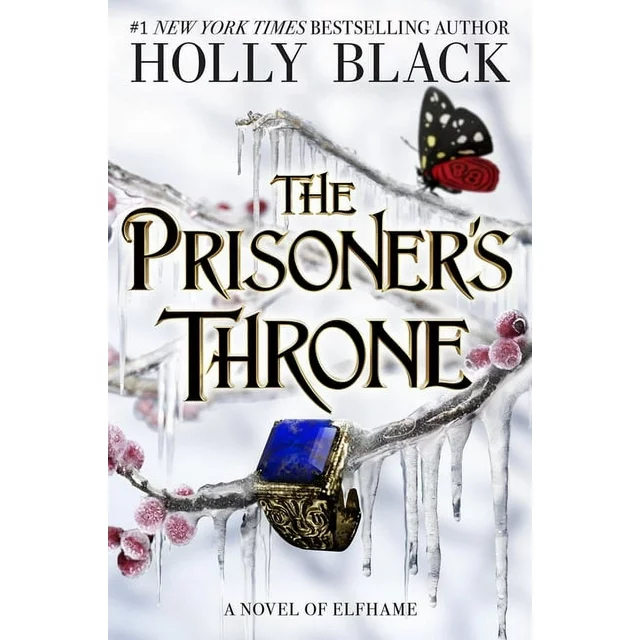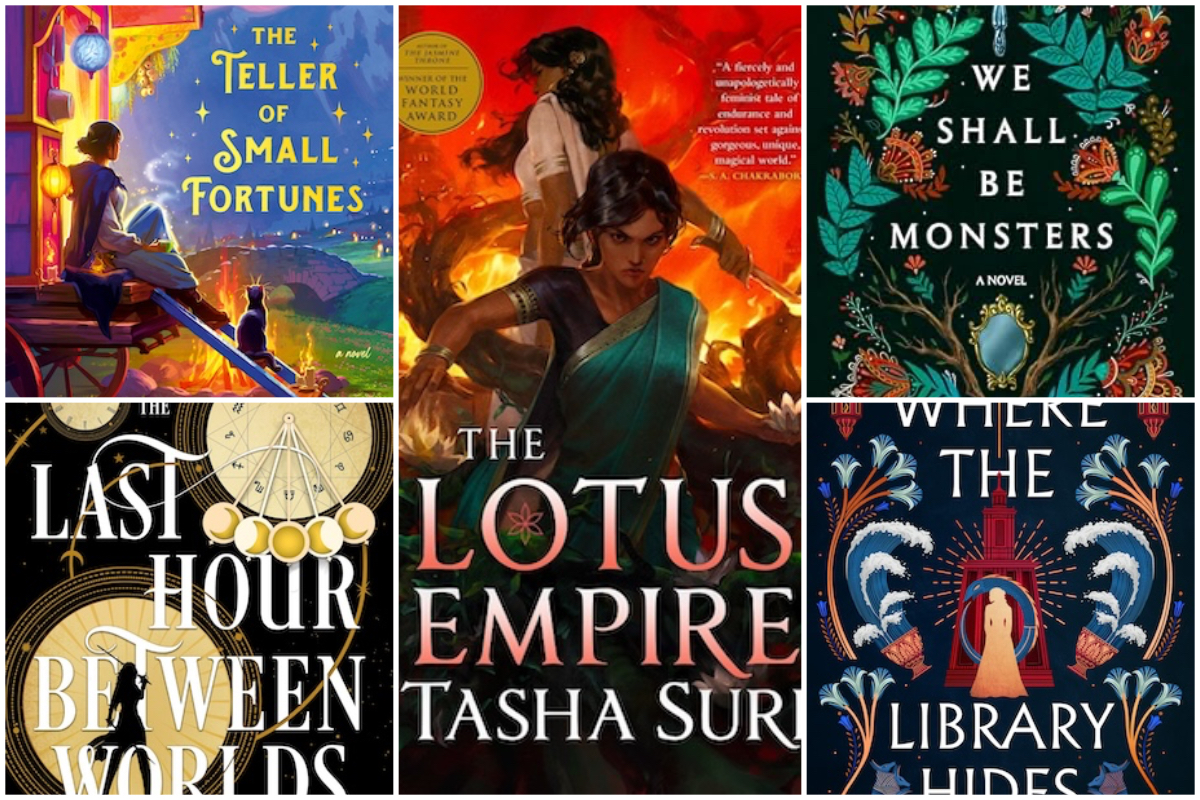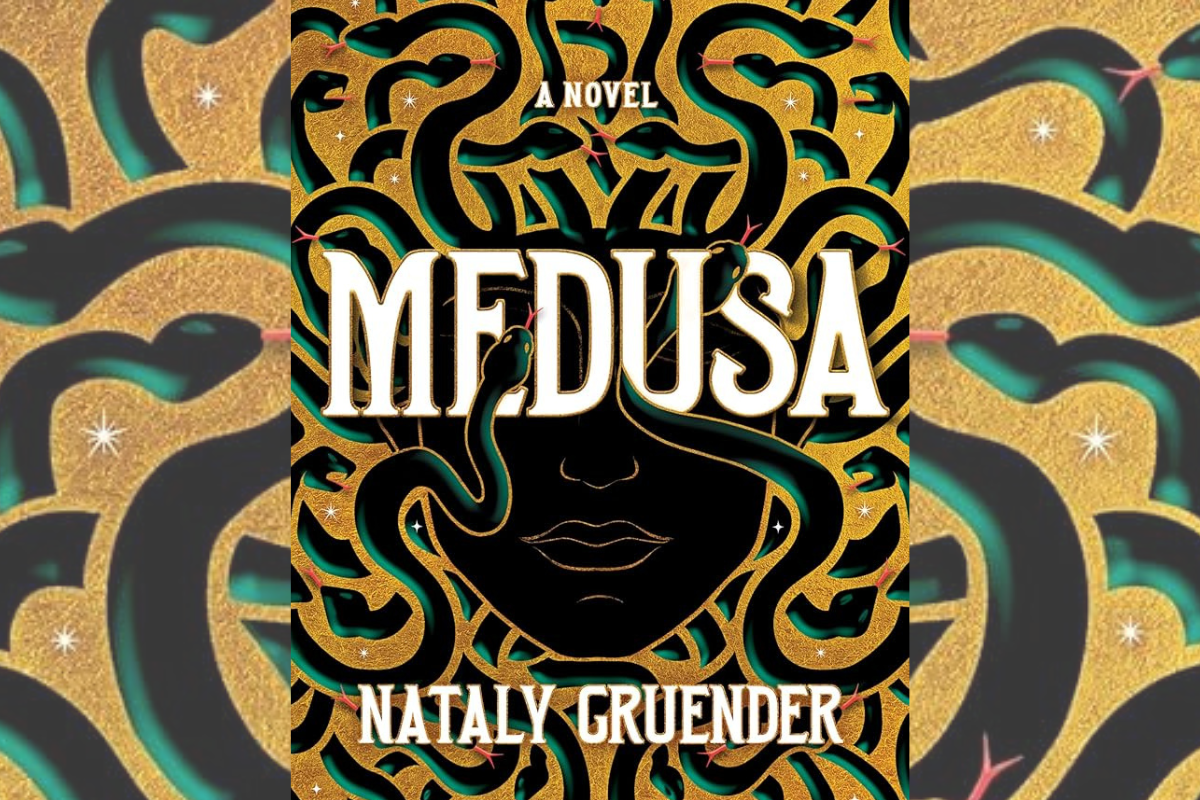Oak, Wren, and yes, Cardan and Jude return for another trip to Elfhame. The Prisoner’s Throne is the highly anticipated conclusion of The Stolen Heir duology. The first book takes place eight years after the events of The Queen of Nothing. It follows the Queen of the Court of Teeth, Suren, aka Wren, and the boy who would be King, Oak.
The Prisoner’s Throne starts where The Stolen Heir ended. Oak must free himself from a tough situation and figure out how to navigate his complicated relationship with Wren. We open on Oak’s imprisonment, and his attempts to gain freedom, or at least a meeting with the Queen.
Fans of The Cruel Prince know going into The Prisoner’s Throne that Elfhame makes an appearance. With that comes our favorite royals Cardan and Jude. Oak must escape before Jude begins to wield her power because no one wants that.
Well, we do but we’re also terrified of that possibility.
As the stars of this duology, Wren and Oak’s relationship takes center stage. The Prisoner’s Throne explores how they can move forward (or not) now that they can’t trust each other.
Can they somehow find a happy ending despite all the power struggles, lies, and deception? Maybe.
The Prisoner’s Throne and The Stolen Heir feel like a duology in the truest sense. They don’t work without the other.
It enhances the experience of them when read together.
Reread The Stolen Heir before diving into The Prisoner’s Throne, or wait and read them together. You appreciate the dual perspective more that way.
Wren and Oak feel different in each book. That’s because who you are versus how people see you differ. Oak is a lot more clever, charming, and mischievous in The Stolen Heir.
Wren sees him that way.
Oak shows his cracks in The Prisoner’s Throne. His intentions, goals, feelings, and weaknesses all become more vibrant and real. Wren seems lost, broken, and eager for love. Then at the end of The Stolen Heir, she flips the switch on her metamorphosis.
Oak’s version of her differs even more from the final one in The Stolen Heir. In his eyes, she has a fierceness that makes her a bit more aloof and mysterious.
She is a strong, scary queen. In some ways, her strength matches Jude.
The Stolen Heir and The Prisoner’s Throne could work as a successful study on the power of perspective. All of these characters feel like versions of themselves through the eyes of others. Even Jude, Cardan, Madoc, and the rest of the family feel slightly different than we’ve seen them in other books, and that’s because we’re seeing them through Oak’s eyes instead of Jude and Wren’s perceptions.

Reading the duology together allows more details to stand out and makes it easier to just remember everything that happens in The Stolen Heir. A year between books can be a lifetime, especially for an active reader.
They work better when read as a whole than as separate parts.
With Oak being the main character in The Prisoner’s Throne, a reader’s enjoyment of the book may depend on their affection or distaste for the would-be/could-be king. He has always been an important character in The Cruel Prince world.
However, he’s a minor character with a major part in that trilogy. This book doesn’t allow him to step back and let others fight for him.
The Prisoner’s Throne often explores what happens when you’re picked to be the main character but you never wanted or auditioned for that role.
This is just one of the many ways Oak differs from his older sister. Jude can operate in the shadows but also loves a spotlight.
Oak seems to find comfort in supporting roles. And he’s more interesting in that role for Wren and Jude.
He does, however, inherit some traits from his cunning sister, and also other aspects from many of the characters, but, he remains distinctly Oak.
It’s in the same way that we have our own identities but have been shaped by our family.
Jude and Oak’s family has always been complicated, complex, and a little bit scandalous/soap opera/daytime television-ish but The Prisoner’s Throne reminds you how endearing this family is in its insane, murderous way.
It leaves you wanting more family scenes. There are not enough of them especially because the book warms you to the family dynamic, especially when considering all the ways they have tried to protect and mold Oak.
They may be a highly dysfunctional family but still a family.
The Prisoner’s Throne has some sword fights, attacks, life-or-death situations, and the ever-looming presence of death, betrayal, and always a potential war. However, the book leans heavily on character development.
It vibrates and comes to life when exploring Oak’s development from child to older teen. You learn more about how Oak has been shaped (in bad and good ways) by his family.
The flashback scenes add the most context to who he is and his choices. I wish The Prisoner’s Throne had a few more of these scenes because I think they’re some of the strongest elements of the book.
They tie together the Oak we know now, the one we knew then, and the Oak to be. They’re the most interesting scenes and help tie the whole story together.
If you read The Stolen Heir and loved Wren and Oak, then you should enjoy their angst-filled romance that has sweet and “oh no” moments.
Thankfully, Holly Black doesn’t try to turn Oak into Jude or Cardan or make Wren and Oak a new version of them.
Oak has unique strengths, flaws, and struggles. With popular characters and a winning formula, sometimes authors take the copying and pasting route with characters and romantic dynamics.
This is not the case when it comes to the characterization of Wren and Oak. This makes their complex romance fresh and unpredictable.
It’s fine if you do enjoy a comfortable, predictable formula, but if you prefer some variety, it’s appreciated that this duology isn’t just The Cruel Prince in a different font.
Speaking of Cardan and Jude, fans of the deviously addictive pair will be happy to know that they are present in more than one scene in The Prisoner’s Throne. They could be there for two, three, or more scenes. That’s a surprise to wait and read.
However, if you pick up this one for a book full of Jude and Cardan: Remember this is Oak’s story. They are important characters but minor ones in his tale.
A substantial amount of action takes place and revolves around things happening in Elfhame, but in a way that relates to Wren and Oak. The entire family makes an appearance in some way, but Jude and Cardan are definitely the most present of the Elfhame clan.
The Prisoner’s Throne doesn’t quite bring the same level of excitement as The Stolen Heir or The Cruel Prince series. However, it feels like a check-in novel: A nice way to see how time has treated some of the favorites, learn more about Oak, and add another complex love story to this often twisted world.
Also, The Prisoner’s Throne doesn’t quite feel like the end. Nothing feels final enough, so the stories and characters could return. Plus, some things mentioned at the end could easily open the door for Black to bring us back to Elfhame and the surrounding worlds if she so chooses.
And we would return to this world without hesitation.
Thank you to Little, Brown and Company for providing me with an advance reader copy.
The Prisoner’s Throne is available to buy wherever books are sold.





